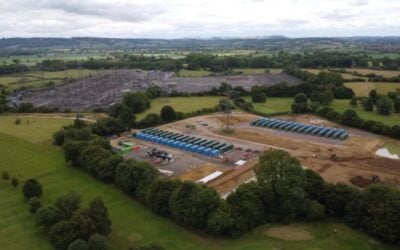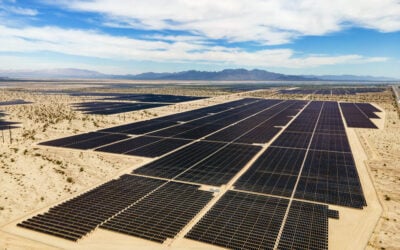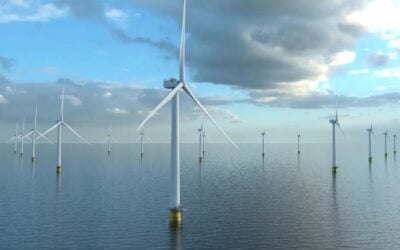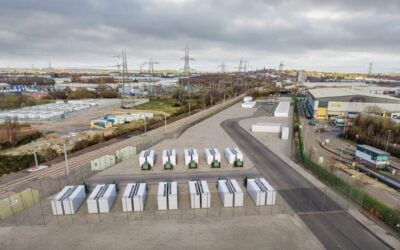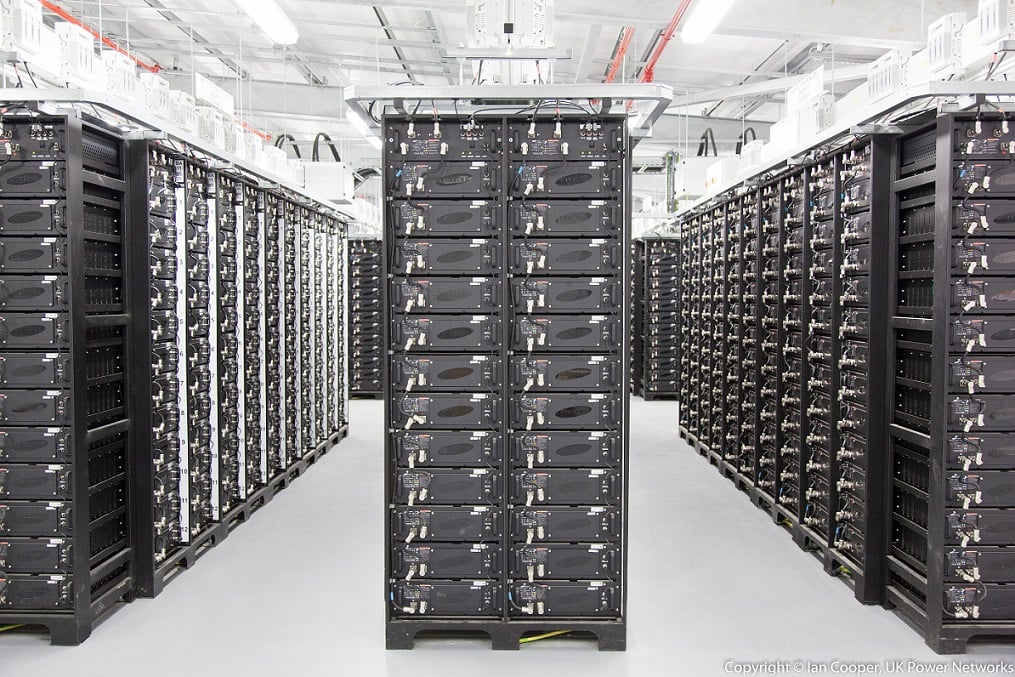
The UK’s move to net zero emissions will require a reinforced distribution network and a varied mix of energy storage technologies to make the most of low-cost renewables generation.
Participants in today’s keynote panel discussion at the Energy Storage Summit 2021 explored the challenges and opportunities confronting the sector in the face of carbon neutrality targets, which will require innovation and investment to make a range of storage technologies commercially viable.
Enjoy 12 months of exclusive analysis
- Regular insight and analysis of the industry’s biggest developments
- In-depth interviews with the industry’s leading figures
- Annual digital subscription to the PV Tech Power journal
- Discounts on Solar Media’s portfolio of events, in-person and virtual
“There’s going to be a jigsaw of lots of different technologies coming together,” said Chloe Lianos, energy storage innovation lead at the UK’s Department for Business, Energy and Industrial Strategy (BEIS), who added that it is a challenge to predict the right mix because of uncertainties surrounding how sectors such as heat will decarbonise.
“We do need to keep in mind as well that the requirement for disruptive storage technologies, a different mix of technologies will also depend on the generation mix and the amount of shorter-term flexibility if we are thinking about longer-term flexibility.”
With regards to storage reliability, cost reduction and decarbonisation, Lianos pointed to findings from the UK’s recently published energy white paper which suggests that flexible technologies such as storage, demand side response and interconnection could unlock savings of up to £12 billion (US$16.9 billion) per year by 2050.
“We can see it is that cost reduction focus from an achieving net zero perspective that is helping drive this mix of technologies come to commercialisation,” she said.
The white paper predicts that by mid-century, clean hydrogen and long-duration storage will satisfy the UK’s need for peaking capacity and “ensure security of supply at low cost”.
Alex Buckman, practice manager of networks and energy storage at technology and innovation centre Energy Systems Catapult, said long-duration storage could be provided through heat networks with thermal storage, hydrogen and gas storage, however the latter would require “highly efficient carbon capture and storage infrastructure”. Responding to an audience question about whether long-duration storage is just a pipe dream, he said “it can’t be”.
“We do need long duration storage. And so the question is, how do we do it? You could look towards something like hydrogen storage, or you could look towards gas storage, as long as you’ve highly efficient CCS infrastructure, or you could look towards heat networks with thermal storage that can be seasonal. And so there’s many different ways you can find long duration storage, not just through a lot of batteries, for example.”
Buckman said that for short-duration storage there is “going to be a really high amount of batteries that will be required”, adding: “Lithium-ion are the front runners at the moment, but there are innovations in batteries that might be competitive. I don’t think it’s too much of a surprise to say that batteries are pretty crucial as well.”
The panel also noted that future energy systems will need reinforced infrastructure for electricity, gas and heat networks. Charles Wood, head of new energy services and heat at trade association Energy UK, said an upgrade of the distribution network represents “an opportunity rather than a barrier”.
“The current distribution system, it is not fit for the future of the energy system, but that is to be expected,” he said. Wood added that the increased amount of data availability in terms of what is happening on the network and what assets are capable of, as well as the digitisation of the system to make sure there is an ability to call on resources as quickly as possible “will enable further decentralisation, the further democratisation of energy, as those sources of energy and storage become further dispersed across the UK”.
While acknowledging the effectiveness of providing public funding for energy storage research and development projects, Wood said this policy is ultimately to stimulate private investment in the sector. “We don’t want to be in 2050 and still have to subsidise all these technologies, because we simply can’t afford it, but the private sector can,” he said. “Private investment needs to be unlocked, needs to be funnelled into these technologies and innovation works to get that funding to come to the UK.”
The Energy Storage Summit 2021 continues on 2, 3 March while all previous sessions are available to view on-demand for attendees. See the website for more details.

